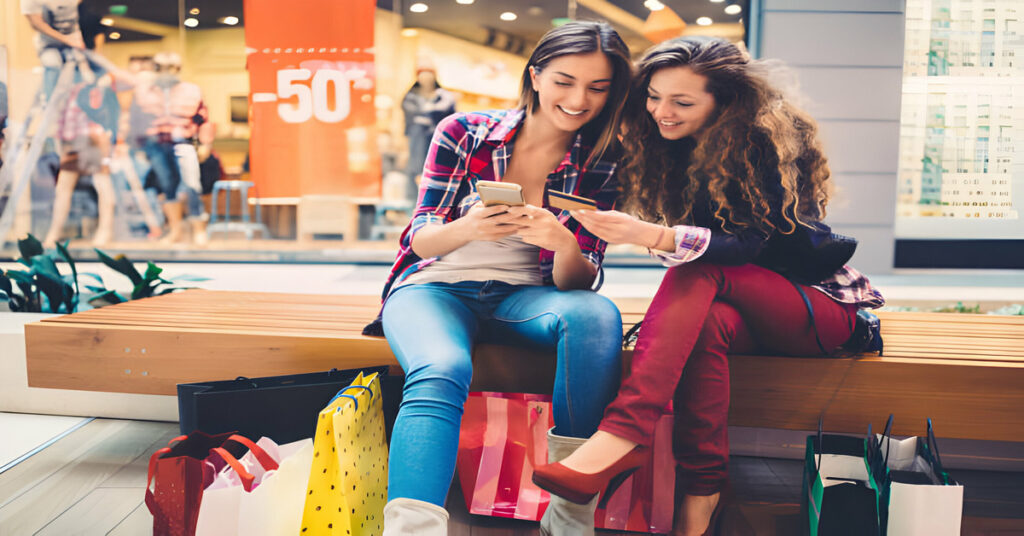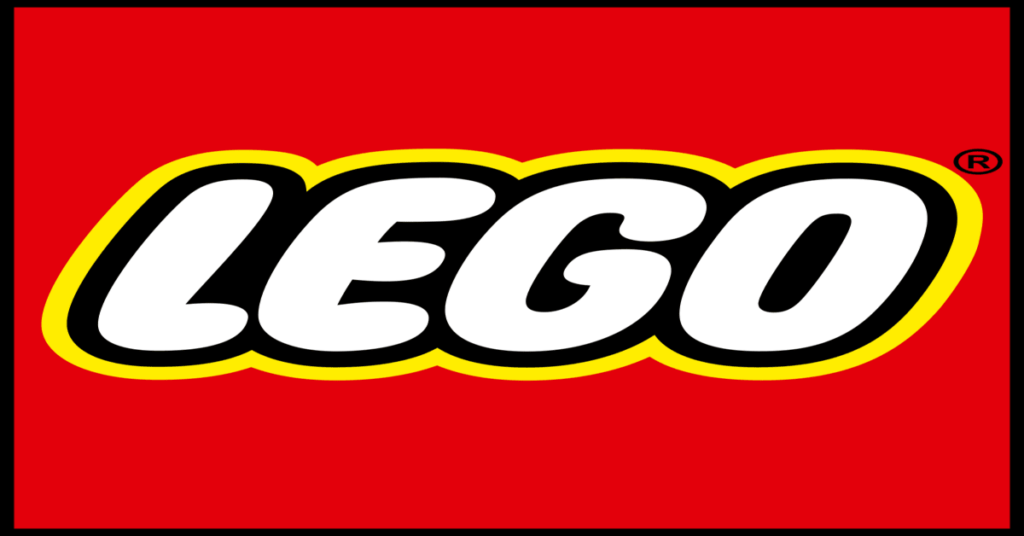Packaging design has always been a crucial factor in building successful brands. In today’s competitive market, it is essential to recognize the significance of packaging in driving consumer engagement and purchase behavior. Let’s explore the relationship between packaging and advertising, the impact of limited-edition packs, the importance of aligning packaging with brand philosophy, and the role of sustainability in packaging design.

Limited-Edition Packs Unlocks Brand Exclusivity and Engagement
Limited-edition packs are a powerful marketing tool that creates brand exclusivity and fosters consumer engagement. By designing packs differently and introducing them in limited quantities for a specific duration, brands can achieve several objectives. These objectives include increasing consumer and brand awareness, establishing a competitive advantage, offering personalized variants, introducing seasonal promotions, and testing new product extensions.
Limited-edition packs have the potential to attract, engage, and inspire consumers, resulting in a spike in sales. In an attention-deficit digital world, these packs can quickly bring a brand to the forefront and generate rapid top-of-mind awareness within a defined context. By leveraging limited-edition packs, brands can effectively communicate their stories, evoke curiosity, and create a sense of urgency among consumers.

The Harmony Between Packaging and Advertising Campaigns
Packaging and advertising campaigns have a unique synergy that, when harnessed effectively, can communicate a brand’s message with remarkable impact. Take, for instance, the iconic ‘Share your Coke’ campaign, where packaging design seamlessly integrated with advertising efforts. This exceptional example showcases the power of aligning both aspects to create a cohesive brand experience. By ensuring consistent messaging across the product and communication channels, brands can reinforce their brand positioning and captivate consumers on multiple levels.
At the heart of this strategy lies the product itself. When packaging design and marketing campaigns are in sync, the product becomes the very embodiment of the campaign, and vice versa. This holistic approach guarantees that consumers not only notice the packaging but also immerse themselves in the product, forging a profound connection with the brand.
Emotional Packaging For Making a Lasting Impression
Prepare to embark on a sensory journey where packaging design transcends its physical form and delves into the realm of emotional connection. It possesses an enchanting prowess to evoke profound responses within consumers, shaping their perception of a product’s worth. Imagine, for a moment, the transformative experience when individuals have the opportunity to intimately engage with the packaging, indulging their senses before committing to a purchase. This unique encounter ignites a remarkable psychological phenomenon known as the endowment effect, where value is bestowed upon the product, and a profound sense of ownership takes root even before the transaction is made.
Establishing an emotional connection through packaging requires a deep understanding of the target audience’s beliefs, values, and design preferences. Minimalist design, characterized by its uncluttered aesthetics, has gained significant popularity, particularly in the realm of direct-to-consumer experiences. By placing emphasis on brand transparency and clear messaging, minimalist packaging design not only appeals to consumers on social media platforms but also elevates the overall brand experience.

Enhancing the Customer Experience
For brands operating in a direct-to-consumer model, packaging plays a vital role in attracting and retaining customers. Social-worthy unboxing experiences have become increasingly important, as consumers often share their unboxing moments on social media, becoming brand evangelists in the process. To create memorable unboxing experiences, brands can implement strategic tactics, such as using branded tissue papers, adding handwritten notes, or including gift-size samples of complementary products.
Incorporating social media directives into packaging design is crucial for driving online engagement and extending brand reach. By printing branding on the inside of packaging, brands encourage customers to share their experiences and connect with the brand’s online presence. This seamless integration of packaging and social media fosters a sense of community and builds a loyal customer base.

Sustainability and Packaging
In light of the ever-increasing desire of consumers to embrace eco-friendly practices, brands are proactively adopting sustainable packaging solutions as a testament to their commitment towards the environment. This pivotal shift not only aids in minimizing the ecological impact but also resonates harmoniously with the conscientious values cherished by socially aware consumers. Here are a few key strategies that brands can adopt to embrace the circular economy:
- Material Selection: Choosing eco-friendly materials such as recycled paper, biodegradable plastics, or compostable packaging materials significantly reduces the environmental impact. By opting for sustainable alternatives, brands can demonstrate their commitment to minimizing waste and conserving natural resources.
- Minimalist Design: Streamlining packaging design not only reduces material usage but also simplifies the recycling process. Eliminating unnecessary layers, excessive embellishments, and non-recyclable components ensures that the packaging is easily recyclable or compostable. Clear labeling and instructions on how to properly dispose of the packaging also empower consumers to participate in sustainable practices.
- Reusable and Refillable Packaging: Encouraging consumers to reuse packaging or offering refillable options can significantly reduce waste generation. Brands can implement innovative solutions like refill stations, refill pouches, or modular packaging that allows customers to replenish products without the need for new packaging. This approach not only reduces environmental impact but also enhances customer loyalty through the promotion of sustainability.
- Collaborations and Partnerships: Brands can collaborate with recycling organizations, NGOs, or suppliers to develop closed-loop systems. Such partnerships ensure that packaging materials are collected, recycled, and reintegrated into the supply chain, minimizing waste and promoting the circular economy. Collaborative efforts can also include initiatives like take-back programs or recycling rewards to incentivize consumers to recycle packaging properly.
- Transparent Communication: Transparency is crucial when it comes to sustainable packaging. Brands should communicate their sustainability initiatives clearly to consumers, highlighting the eco-friendly aspects of their packaging. This can be done through labeling, online platforms, or marketing campaigns that showcase the brand’s commitment to sustainable practices. Transparent communication builds trust, enhances brand reputation, and attracts eco-conscious consumers.
Long story short, Packaging design has a profound impact on brand success and consumer engagement. By leveraging limited-edition packs, aligning packaging with advertising campaigns, creating emotional connections, enhancing the customer experience through social-worthy unboxing, and embracing sustainable practices, brands can effectively differentiate themselves in the market. As consumer preferences evolve, it is crucial for brands to adapt and prioritize packaging strategies that not only capture attention but also resonate with the values and expectations of their target audience. By recognizing the power of packaging, brands can drive brand loyalty, increase sales, and contribute to a more sustainable future.



